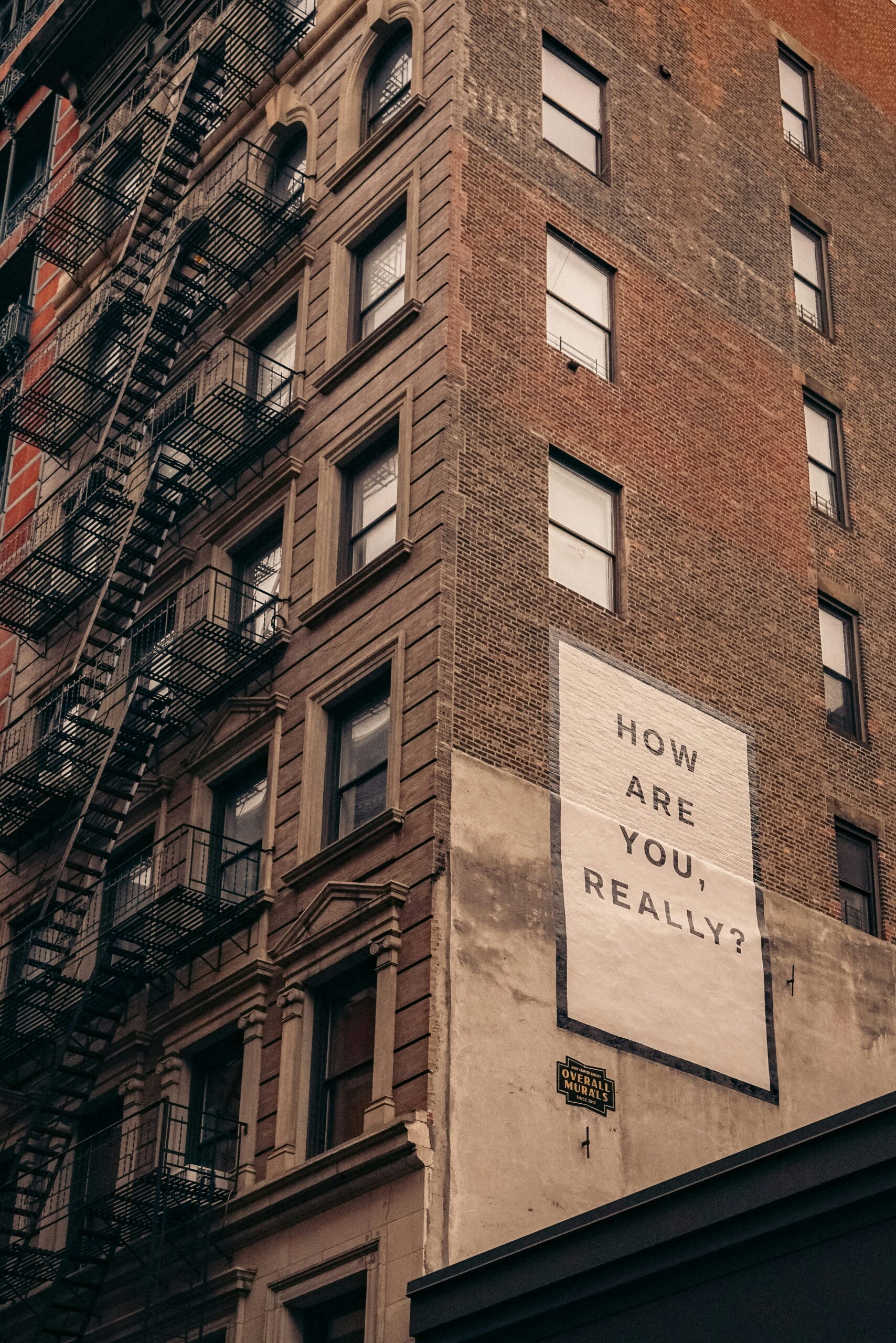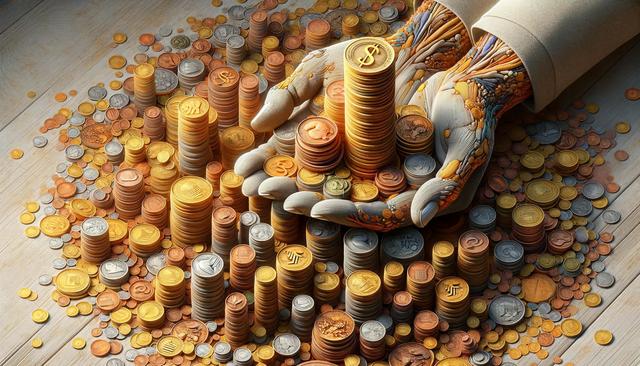What Makes a Coin Valuable?
When it comes to valuable coins, rarity and condition are two of the most important factors. Coins become rare for several reasons: low mintage numbers, production errors, or being part of a short-lived series. The condition, or grade, of the coin also plays a significant role. Coins that remain in uncirculated or mint condition are often much more desirable to collectors. Additionally, historical significance can enhance a coin’s value, as coins tied to notable events or periods often attract greater interest. Collectors and investors alike keep a close eye on these characteristics when evaluating coins that may be hiding in everyday circulation.
Some coins gain value due to unique minting errors, like doubled dies or off-center strikes. Others are simply part of limited runs, meaning only a small number were released into circulation. These attributes can turn spare change into a potential windfall for those who know what to look for. Understanding these fundamentals is the first step for anyone interested in spotting valuable coins.
1943 Lincoln Steel Penny
One of the most intriguing coins in U.S. history is the 1943 steel penny. During World War II, copper was needed for the war effort, so the U.S. Mint produced pennies using zinc-coated steel. However, a small number of copper planchets from 1942 remained in the machinery and were mistakenly struck with the 1943 date. These copper 1943 pennies are extremely rare and highly sought after by collectors.
Most 1943 pennies are steel and can be picked up with a magnet. However, if you come across a 1943 penny that doesn’t stick to a magnet, it could be a copper version. These coins have sold at auctions for significant amounts, sometimes reaching six figures depending on condition and provenance. If you suspect you have one, it’s advisable to have it authenticated by a reputable coin grading service.
2004 Wisconsin Extra Leaf Quarter
The 2004 Wisconsin state quarter is part of the 50 State Quarters Program, but a small number of these coins feature an unusual variation. On the reverse side of the coin, which depicts a cow, cheese, and an ear of corn, some quarters have an extra leaf on the corn stalk. There are two versions of this anomaly: the “extra leaf high” and the “extra leaf low.”
These variations are believed to be the result of accidental die gouges during production. They were released into circulation before the error was caught, making them relatively rare. Collectors have paid hundreds to thousands of dollars for well-preserved examples of these coins. If you have a 2004 Wisconsin quarter, take a moment to examine the corn stalk closely—it might be worth far more than 25 cents.
1995 Doubled Die Lincoln Cent
This coin is a favorite among error coin enthusiasts. The 1995 doubled die penny features noticeable doubling in the inscriptions, particularly in the word “LIBERTY” and the motto “IN GOD WE TRUST.” Unlike some other error coins that require magnification to identify, the doubling on this penny is visible to the naked eye.
Though millions of 1995 pennies were minted, only a small portion display this doubled die error. Because of its visibility and collectibility, the coin remains popular with both entry-level and experienced collectors. A circulated example may fetch tens of dollars, while uncirculated specimens can command much higher prices.
If you’re sorting through your change, keep an eye out for this particular penny. It’s a simple error, but one that could turn an everyday coin into a valuable asset.
1969-S Doubled Die Obverse Lincoln Cent
Another noteworthy error coin is the 1969-S doubled die obverse penny. Like the 1995 version, it features significant doubling, especially on the date and the inscriptions “LIBERTY” and “IN GOD WE TRUST.” What sets this one apart is its extreme rarity and the fact that it was struck at the San Francisco Mint, which is indicated by the “S” mint mark.
This coin is exceptionally scarce, and its value reflects that. Auction results for authenticated examples have reached tens of thousands of dollars. Because of its high value, this coin is frequently targeted by counterfeiters, so proper authentication is crucial. If you think you’ve found one, consult a certified numismatist or grading service before making any decisions.
Collectors prize this coin not just for its error, but also for its scarcity and the strong visual impact of the doubling. It’s considered one of the more significant U.S. coin errors of the 20th century.
Conclusion: Why You Should Check Your Spare Change
Discovering valuable coins in everyday change may seem unlikely, but numerous individuals have done just that. Coins like the 1943 copper penny or the Wisconsin extra leaf quarter demonstrate that rare finds are still possible. Whether you’re a seasoned collector or just starting out, knowing what to look for can make all the difference.
Here are a few tips for aspiring coin hunters:
- Learn about common error coins and their diagnostic features.
- Use a magnifying glass or jeweler’s loupe to inspect coins closely.
- Keep your coins organized and store them properly to prevent damage.
- Consult reputable resources or coin grading services for authentication.
With a bit of knowledge and attention, your pocket change could contain a coin worth far more than face value. Staying informed and examining your coins carefully could lead to an exciting discovery.






